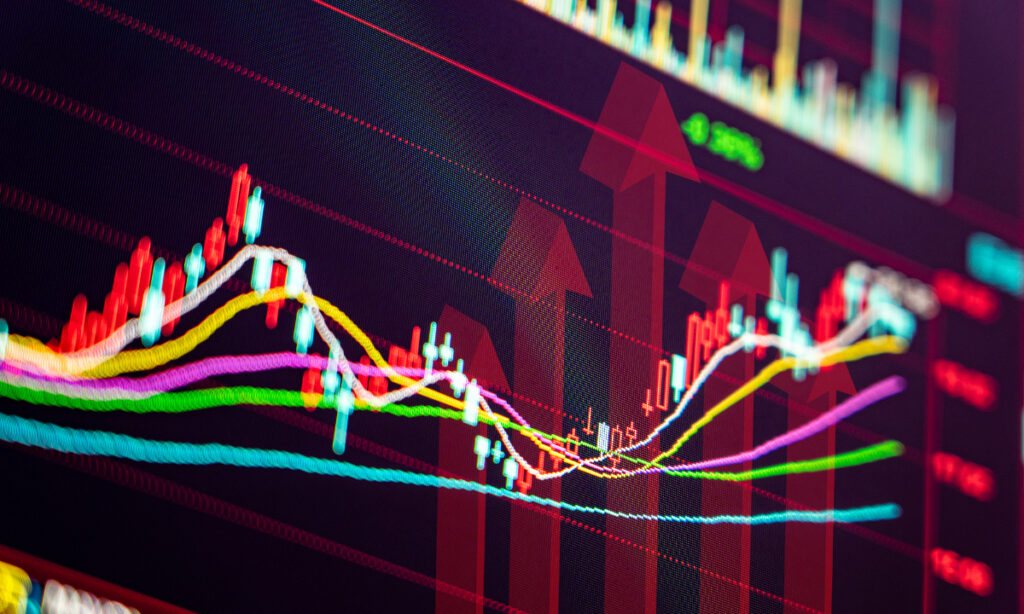Net inflow of “northbound capital” – overseas money flowing into China’s A-share market through the Hong Kong Special Administrative Region (HKSAR) – exceeded 180 billion yuan ($24.8 billion) in the first half of 2023, up 155.33 percent year-on-year, underscoring overseas investors’ solid confidence in the Chinese economy.
The rapid growth also highlighted the HKSAR’s growing role in linking global investors to the Chinese mainland market, further boosting the city’s status as an international financial hub, analysts noted.
Among the 183-billion-yuan net inflow, 94.7 billion yuan flowed in through the Shanghai-Hong Kong Stock Connect and 88.5 billion yuan was through the Shenzhen-Hong Kong Stock Connect, according to data from financial outlet Wind.
The Shanghai-Hong Kong Stock Connect was launched in 2014 as the first cross-boundary investment channel connecting the Shanghai and Hong Kong stock exchanges. The Shenzhen-Hong Kong Stock Connect program was rolled out two years later in 2016.
Financial cooperation between the mainland and HKSAR markets has been comprehensively deepened, analysts said, noting that the colossal mainland market, combined with its high-quality development, has offered continuous momentum for the HKSAR’s financial industry.
Overseas investors started to pour capital into the Chinese A-share market in the beginning of the year, especially in January when 141.29 billion yuan flowed in, setting a new monthly record, Yang Delong, chief economist at Shenzhen-based First Seafront Fund Management Co, told the Global Times on Saturday.
The January figure was already higher than the 90-billion-yuan net inflow in the whole year of 2022, Yang said, noting that though the pace has slowed down in the second quarter, the trend of net inflow remains.
This shows that global investors hold positive sentiment toward Chinese stocks amid the country’s economic recovery, Yang said, noting that consumer spending’s contribution to GDP growth had reached 66 percent in the first quarter, returning to pre-COVID levels.
China’s economic recovery continues steadily, despite foreign media hype, according to official data.
China’s manufacturing purchasing managers’ index reached 49 in June, up 0.2 points compared with May, which observers said reflected that the vitality of the manufacturing industry has improved and the economy has maintained a moderate pace of recovery despite multiple pressures both at home and abroad.
In addition, the unbroken flow of overseas capital shows that global investors remain optimistic over high-quality Chinese enterprises, Yang said.
With Chinese A shares being included in the MSCI indexes, it has now become a must for many overseas funds to allocate capital into A shares, Yang added, forecasting that the trend of overseas money betting on A-shares will persist in the second half of the year, as more measures are expected to be rolled out to support the economic recovery.
“It is expected that northbound capital will exceed 300 billion yuan by the end of the year,” Yang said.
(Global Times)




